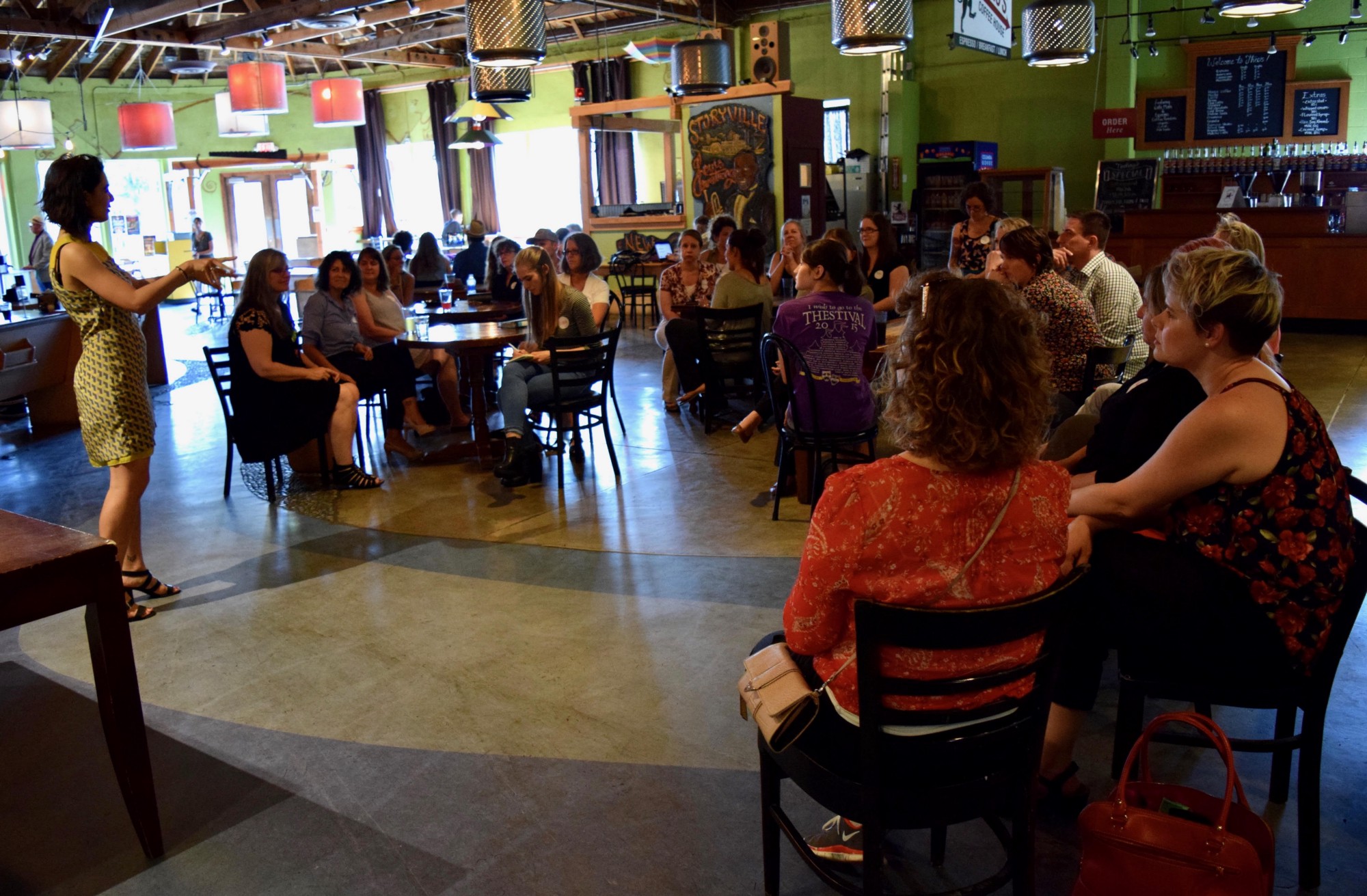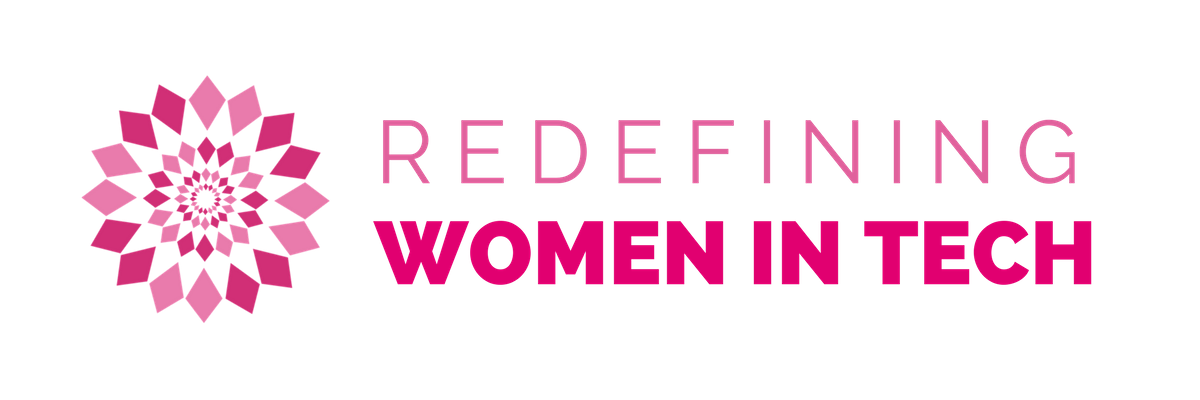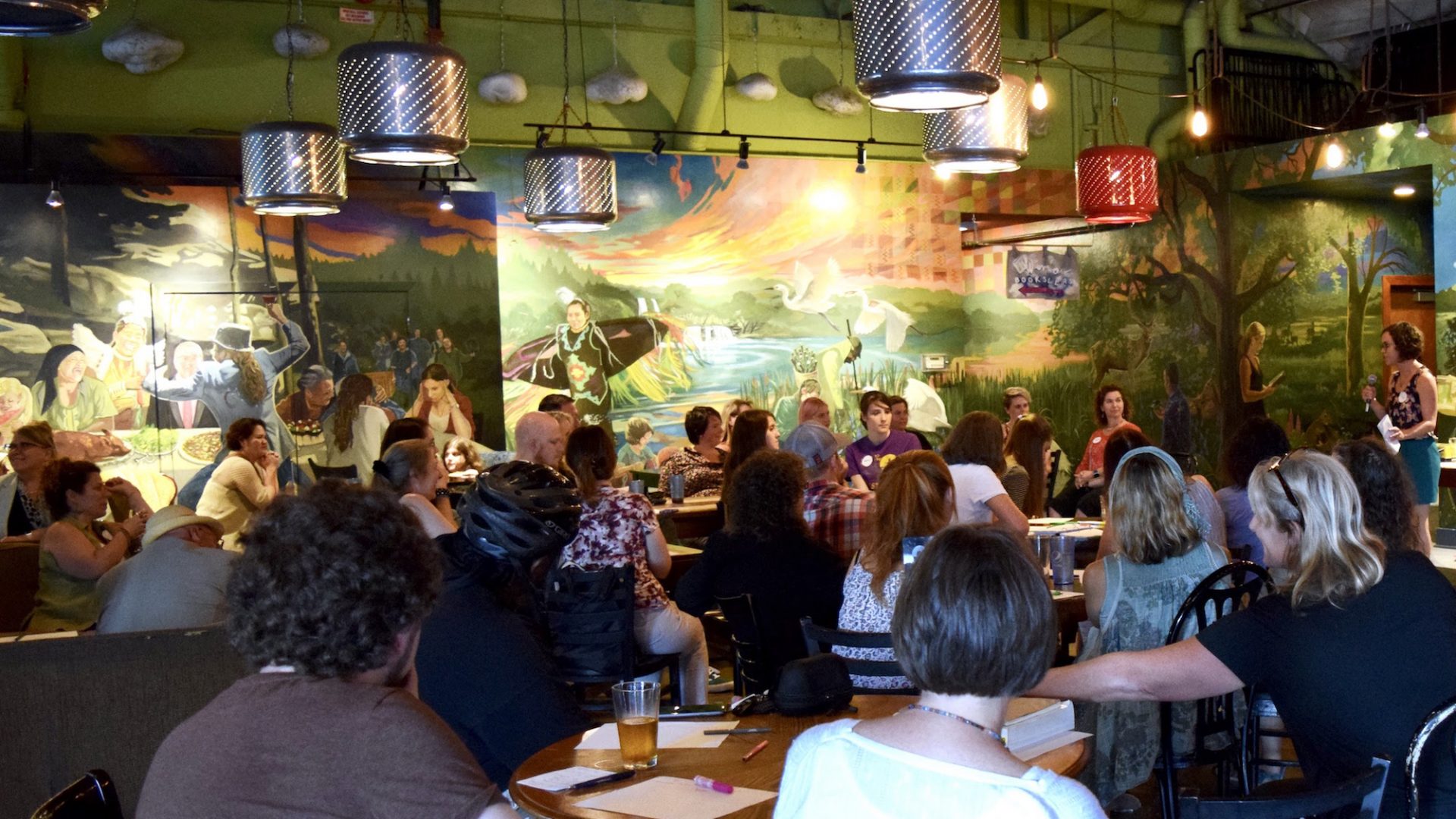Community Sessions

We are a Tech Community
To many, this may seem like an oxymoron. Communal is not usually the first descriptive word that comes to mind when it comes to tech culture.
A community is a feeling of fellowship with others, as a result of sharing common attitudes, interests, and goals; a similarity or identity.
Technology is everywhere, yet many people still think tech is exclusively engineering. The truth is, tech takes all types. We need to break down the mental blocks that make people think they are not capable of a career in technology, if we want to include more people.
We are Unique
A community can choose its identity, or let it define itself. Most people in the US today would characterize a tech worker as a 25–35 year old white or Asian man. Though many of those men identify with the need to diversify our teams, we are currently fighting an uphill battle.
Women tend to want to work with (at least some) other women. It can be hard to attract female talent when the culture at a company is overwhelmingly male.
Having these conversations within our communities builds a bridge that will ultimately help more women find tech careers.
We are Redefining Women in Tech
Someone has to do it. Thankfully BRAID Research Initiative, Exploring Computer Science, and other organizations are working on it. With our new mission and vision statement we are stepping into the ring as well.
Feeling Like You Belong
Everyone is different when it comes to feeling comfortable in a group. One of the biggest challenges for a community is to serve the needs of its introverts and minorities. They are rarely met in broad spectrum communities, often because their needs are not understood by the larger group.
More targeted, smaller communities can more easily represent the perspectives of their intended audiences, because the leaders are usually the intended audience.
Acknowledgement
New members of a community, especially women, often need an invitation to feel like they belong. Going out of the way to greet new community members will help them feel welcome. Ask them about themselves, and listen. Invite them to meet other colleagues who share their interests, and immediately increase the likelihood of keeping them in the community long-term.
Co-creation
Community members feel the most engaged when they are contributing to the group. This co-creation can be through work, shared meals, or even more artistic endeavors. It can also mean tutoring or mentoring. At the end of the day, members want to participate, and feel valued for contributing.
Language
Language is a powerful, ever-evolving tool for empowering or condescending. Celebrate your community members by sharing their accomplishments. Use language to your advantage through intentional word choice and awareness to your audience’s verbal and nonverbal cues. Taking an attitude of praise, gratitude, and humility will build trust and confidence within the community.
Trust
Communities are built upon trust. In time, issues will eventually arise in any community. Community leaders should have a mediation plan for big issues before they turn into rifts.
Healing old wounds is difficult. All too often, issues are left to fester. On occasion they can be irreparable. Taking a proactive approach and training community leaders can help ensure that action is taken when needed.
Speaking Out
Communities that take diversity and inclusion seriously should include it as part of their core values and mission statement. This is one way to help new community members recognize that you value this and look past some of the more obvious physical attributes to find a sense of belonging.
Encountering Bias
Imagine that you’re a woman hired by a male-dominated company to do highly-skilled consulting work. The employees are all very nice, and try to create a welcoming environment. They resonate with the diversity in tech issue, and they truly want to work with more women.
In the second meeting, you come prepared with print-outs for the group, and really nice pens that look good with the print-outs. One of the company employees, an outgoing, comedian-type, jokes, “Well aren’t you just a prepared little thing!” He then realizes his mistake. “I’m sorry. I didn’t mean to offend you,” he says quickly.
It’s probably not the only time you’ll encounter a difficult situation like this if you are commonly the only woman in the room.
What do you do?
These situations often happen with other gender combinations as well, not only man-to-woman. Regional and company culture can be factors into the common types of intentional and unintentional bias.
In this case, let’s say you believe he is really sorry. Maybe he grew up with this kind of language, or his wife thinks its cute. How do you respond?
It is important for individuals and communities to have an idea how to handle these situations. If no one addresses the issue, how will it get better for future generations or for ours?
What-What-Why — This approach helps you think on your feet by providing a framework positive or critical feedback. These two types of feedback are handled slightly differently because critical feedback requires some insight on what could have been done differently, a key factor in affecting the right kind of change.
The Amplification Strategy — The women of the White House created this clever strategy to make sure their voices were heard. When word got out about it, the story went viral. If you aren’t the only one in the room, you can use your voice to make sure other community members are heard and appreciated.
Low Barrier-to-Entry Mentorship
In its simplest form, mentoring is providing advice. It is ultimately the mentees responsibility to decide whether the advice is relevant and put it to use.
On the other hand, building effective mentoring relationships requires so much more than advice. It means self-awareness, as well as sharing goals, strategies, support, and often friendship.
If you don’t like the word mentor, call them your squadron, your gurus, your old pros, or, as Liz Martin suggested at our #Eugene community sessions event last night, your “Ghostbusters”.
Who you gonna call?!
Professionals find great value in being both the mentor and mentee. Truly valuable relationships allow you to be both.
Everyday Mentorship
Think about all of the people in your life that help you and offer advice when you need it. They may be mentoring you without you realizing it.
Similarly, you are often providing mentorship to your friends, family, and co-workers, younger and older. Be more aware of these relationships and add a new layer of intentionality to your interactions.
Network
All-Inclusive Communities— If we want to make tech more inclusive, we all need to be part of the solution. Find organizations with a clear mission of inclusion. Go to the events and talk to people.
Safer Spaces — As important as it is to be inclusive, it can be useful to have spaces that are invite-only. Small groups can help some people work through social anxieties or other issues, as well as a way to create strong bonds of friendship. To some, safer space could mean a free speech zone. To almost everyone, it means a small group setting.
Informal Meetings — Meeting for coffee, tea, or beer with your friends and mentors is a simple way to stay engaged. Get to know them. Ask them questions. Discuss the goals and values you share.
Calls & Texts — If you don’t have time for any of the above, there is still a lot of value in having a video or phone call. If neither is possible or you just need something quick, check in by text.
Social Media — Follow everyone you like and respect on Twitter, LinkedIn, Medium, Instagram, and any other platforms you want to use professionally. Interact with them: like, share, comment. Use your digital voice to promote what they are doing professionally, and start building your own personal brand.
Go Connect
Go out and meet new people in your desired field however you feel most comfortable. Make friends. Be authentic.
Show your community random acts of support. Ask for help early and often if you need it.
Giving back to your community builds trust, and will create a safety net as well as a support structure as you grow your career. We work better together.
Want to Learn More?
Check out the following podcast from Bloomberg by Ellen Huet & Aki Ito. Some of the insights they shared inspired parts of this piece, especially the section 21:38–23:55.
This digital program was created by Lauren Jerome for the Redefining Women in Tech Community Sessions event held on 6/20/17 in Eugene, Oregon. Follow her on Twitter and explore more of her work on Medium.

